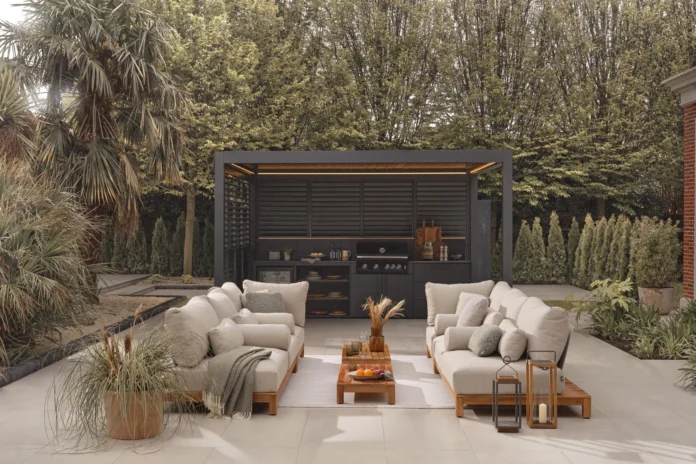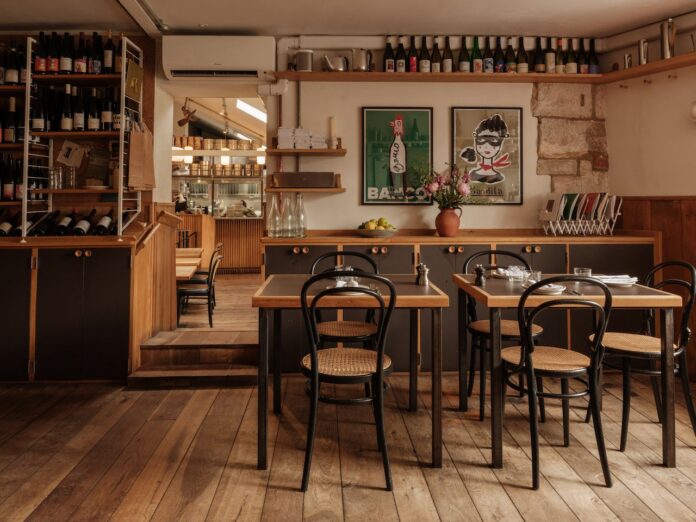Champagne – that effervescent emblem of celebration and luxury – has long been governed by a set of unwritten rules. But as with all traditions, sometimes the most delightful experiences come from knowing when to bend, or even break, the established order. Here are 9 champagne conventions that deserve a modern rethink.
1. You Must Serve Champagne In Flutes
The slender flute has become synonymous with champagne service, but many wine experts now favour wider glasses that allow the complex aromas to develop fully. Next time you gift a bottle of Champagne Deutz to a discerning friend, suggest they try serving it in white wine glasses. The broader surface area allows the champagne to breathe, revealing subtle notes that might remain hidden in a traditional flute.
The science behind this is compelling: aroma molecules need space to volatilise properly, and the narrow aperture of flutes restricts this process. Krug has been advocating for tulip-shaped or even white wine glasses for years, acknowledging that while the flute may showcase the bubbles beautifully, it does so at the expense of the wine’s aromatic complexity.
In blind tastings (conducted by us, admittedly), even novice drinkers (that’s us again) could detect significantly more aromatic compounds when the same champagne is served in a wider glass, particularly with more mature or vintage champagnes. The visual spectacle of bubbles streaming in a flute is undeniably beautiful, but perhaps it’s time to prioritise flavour over aesthetics.
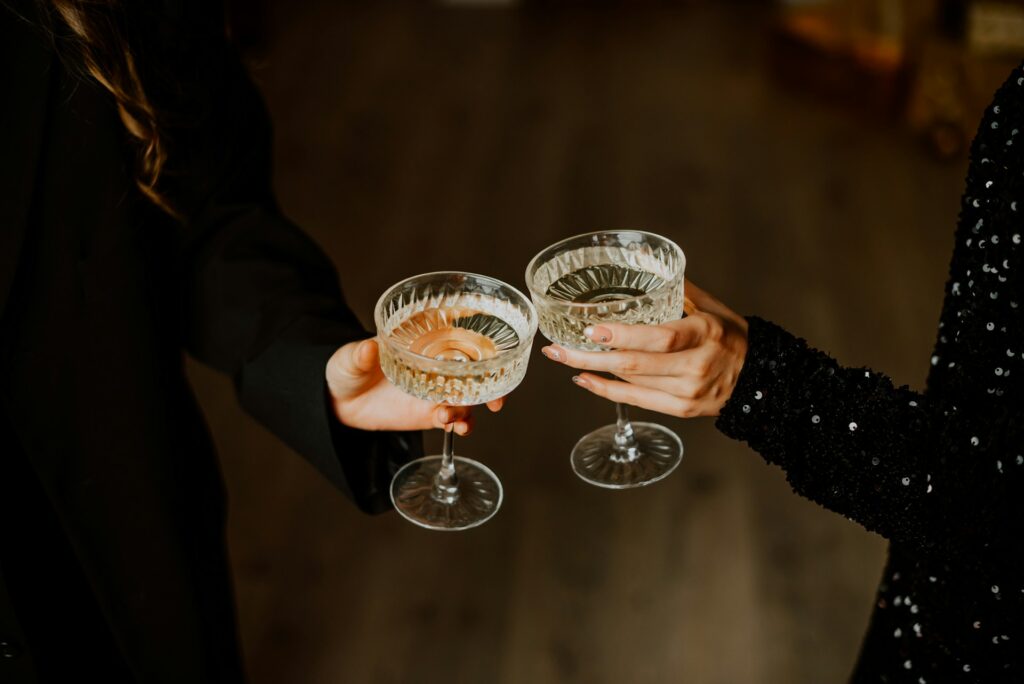
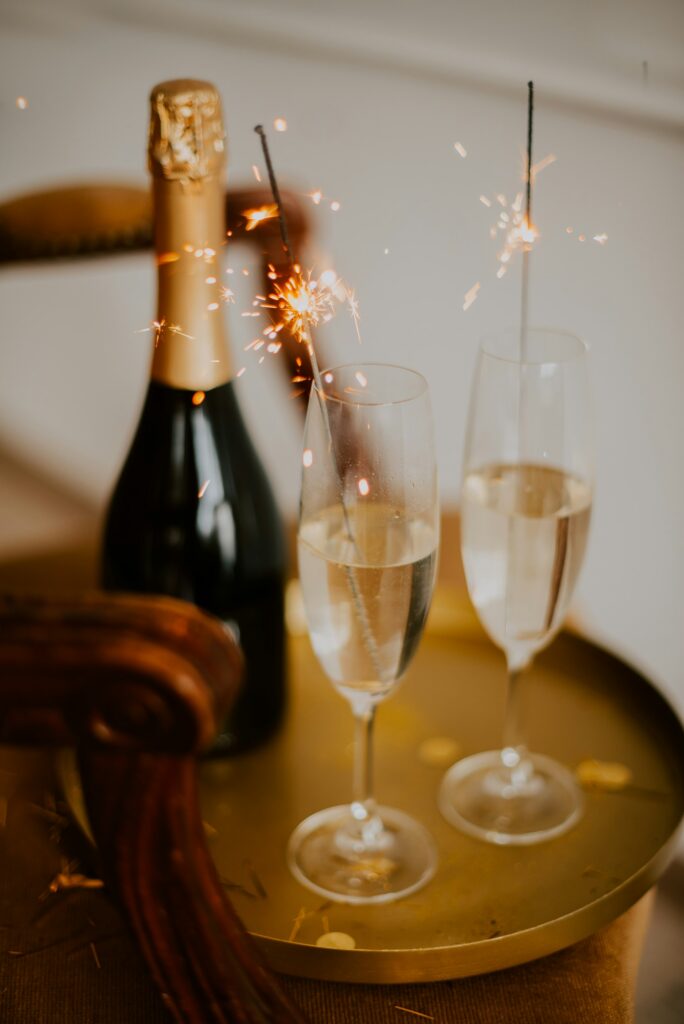
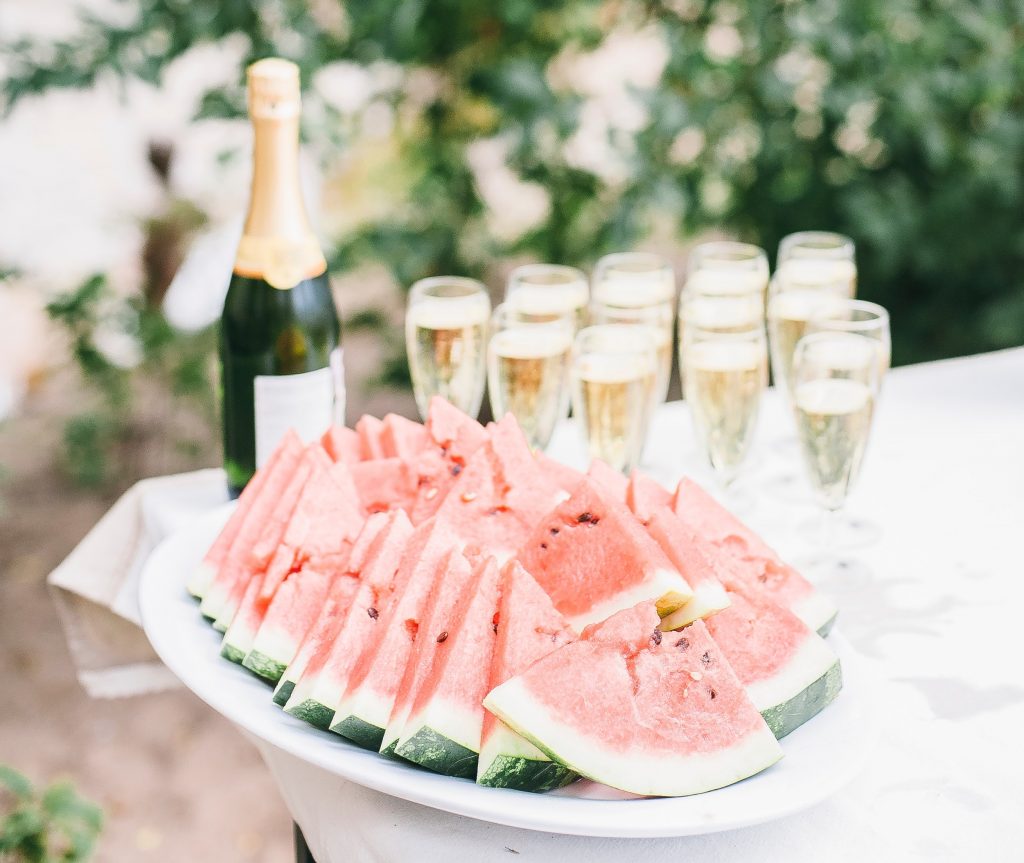
2. Champagne Is Only For Special Occasions
Perhaps the most pervasive myth is that champagne should be reserved solely for momentous celebrations. While there’s undeniable pleasure in marking milestones with bubbles, why limit such joy to rare occasions? A random Tuesday dinner or the simple completion of a work project can be elevated with a glass of champagne.
The French have long understood this – in champagne’s homeland, it’s as much an everyday pleasure as a celebration drink.
Studies show that ritualising everyday moments can significantly increase our wellbeing and satisfaction with life. By treating champagne as a weeknight option rather than a rare indulgence, we democratise pleasure and challenge the artificial scarcity that marketing has created around it.
Aldi’s Veuve Monsigny and Lidl’s Comte de Senneval offer astonishingly good value bruts that are perfect for transforming mundane moments into micro-celebrations without requiring a second mortgage. The daily champagne ritual might just be the self-care practice we all deserve.
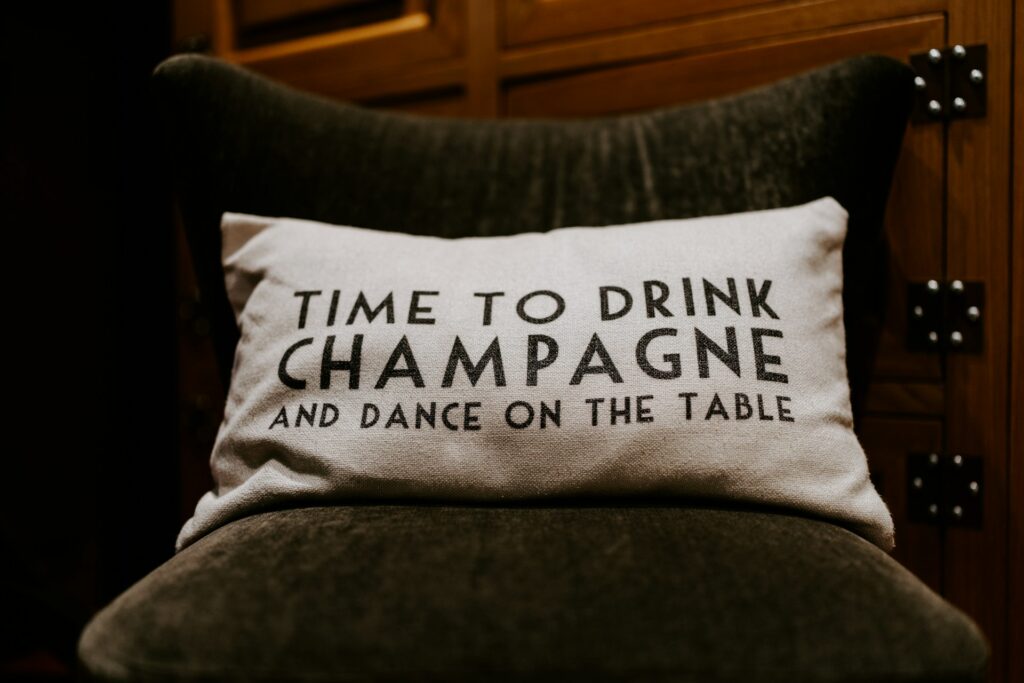

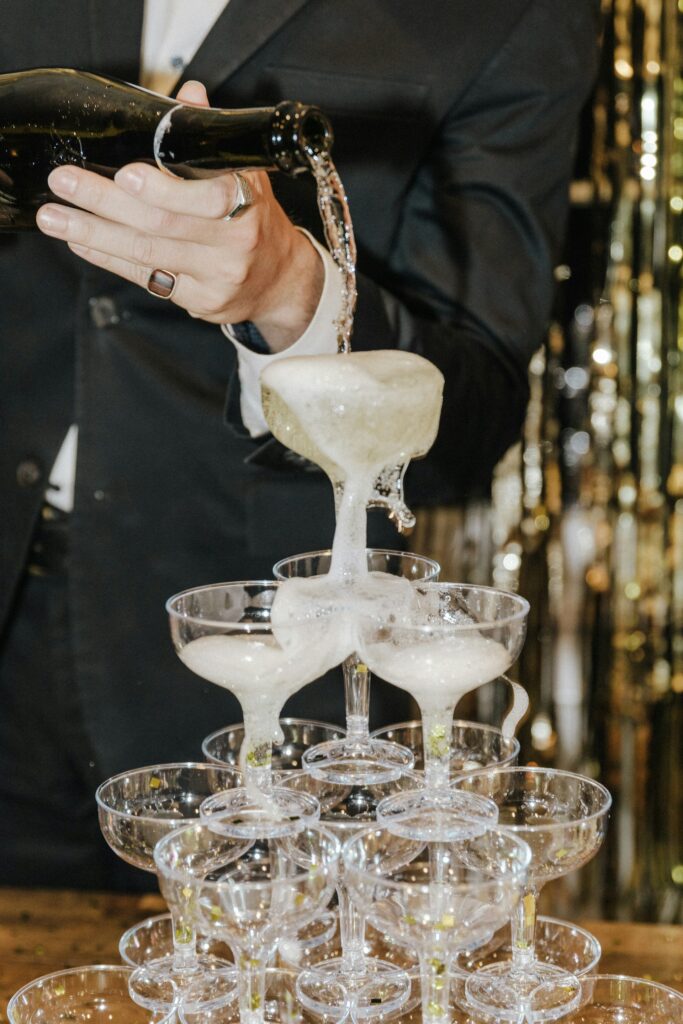
3. Champagne Must Be Served Ice-Cold
While champagne should certainly be chilled, serving it at temperatures approaching freezing (as is common) mutes its sophisticated flavour profile. Experts suggest 8-10°C as ideal – cool enough to be refreshing but warm enough to allow the full expression of those carefully crafted flavours. Try experimenting with temperature to discover how the same champagne can reveal different characteristics.
Temperature dramatically affects how volatile compounds reach our olfactory receptors, with warmer temperatures releasing more aromatic molecules. This is particularly important for prestige cuvées where complexity is a key selling point.
A fascinating experiment is to pour the same champagne at different temperatures and note how the perception changes – at 4°C you might detect only acidity and bubbles, at 10°C fruit and brioche notes emerge, and by 12°C tertiary aromas of nuts, honey and toast become prevalent. Ice buckets, while traditional, often chill bottles below ideal temperature; a refrigerator set to 8°C is actually more appropriate for champagne service.
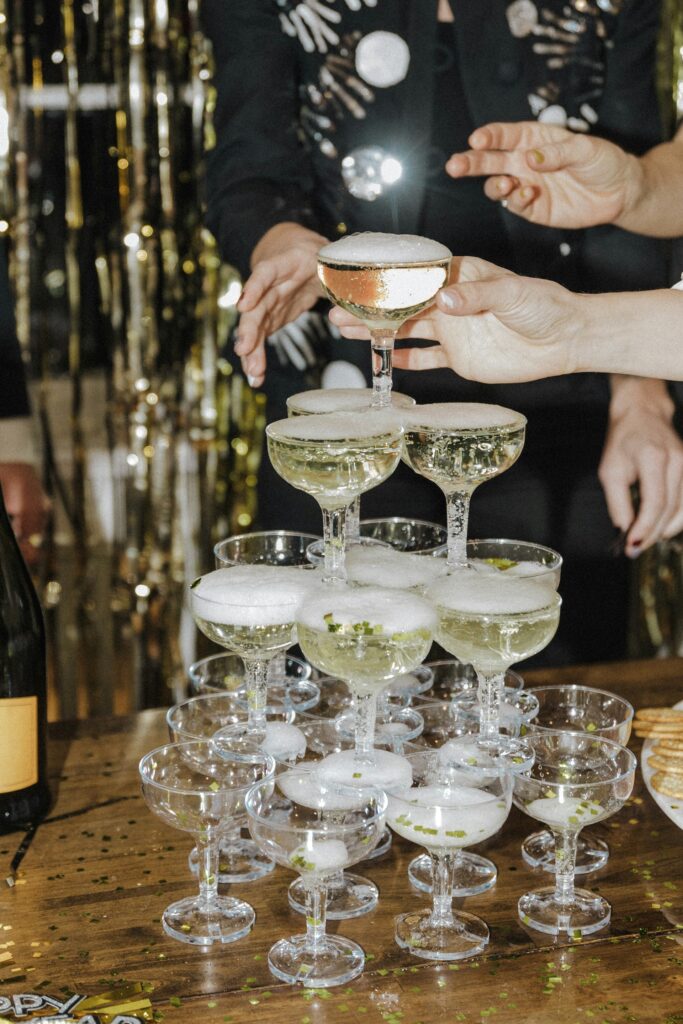

4. Champagne Doesn’t Pair With Main Courses
Too often relegated to canapés or desserts, champagne is actually a remarkably versatile food wine. Its high acidity and effervescence make it an excellent companion to everything from fried foods (the bubbles cut beautifully through richness) to oysters, roast chicken, and even certain curries. Champagne throughout the meal? Absolutely.
The scientific basis for champagne’s food-pairing prowess lies in its unique combination of acidity (typically pH 2.8-3.3), effervescence (which refreshes the palate between bites), and complex flavour compounds. This triumvirate creates dynamic contrasts with fatty foods while complementing delicate flavours in seafood.
Vintage champagnes with their additional notes of brioche, nuts and honey, pair surprisingly well with umami-rich dishes like mushroom risotto or aged cheeses. Even rosé champagnes offer enough structure to stand up to game birds or pink lamb. The tradition of relegating champagne to pre-dinner duties is a missed opportunity to experience some of the most interesting gastronomic pairings possible.
Read: 12 incredible (& surprising!) champagne and food pairings
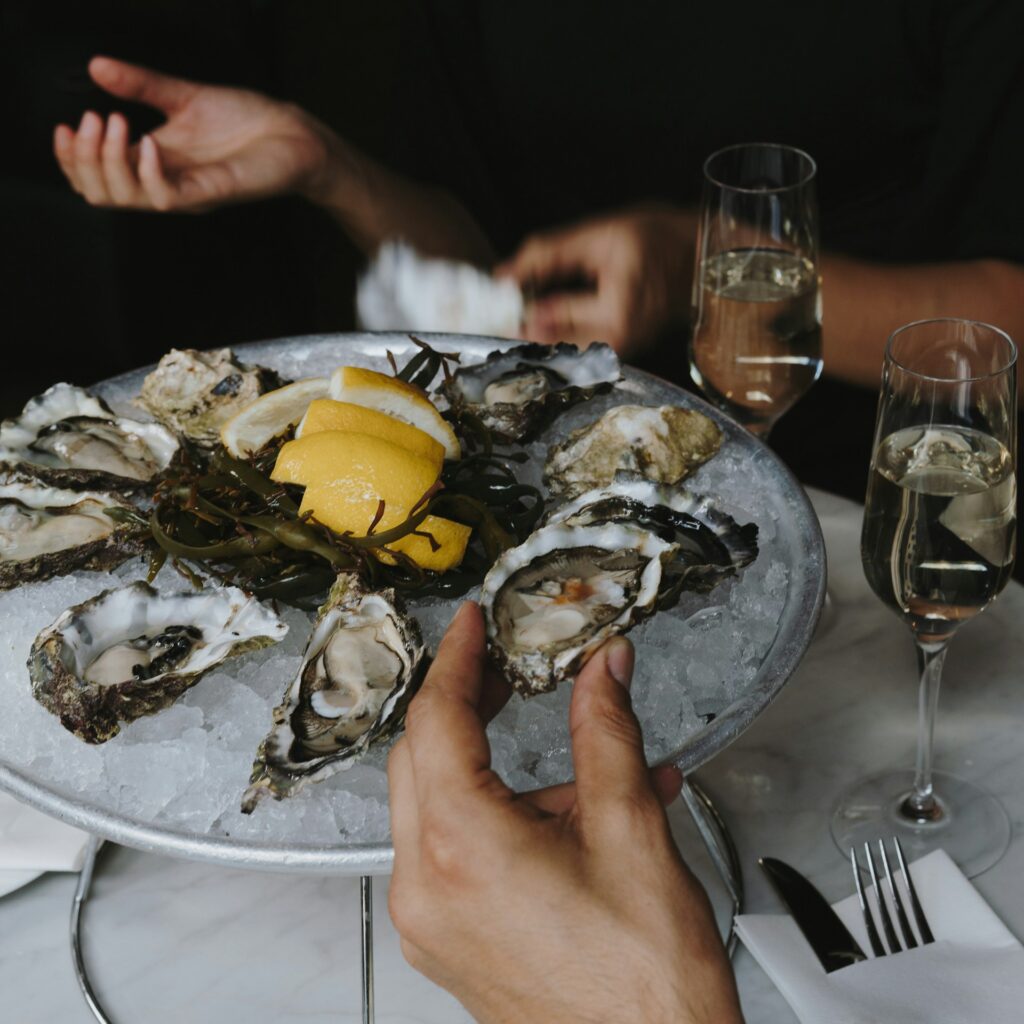
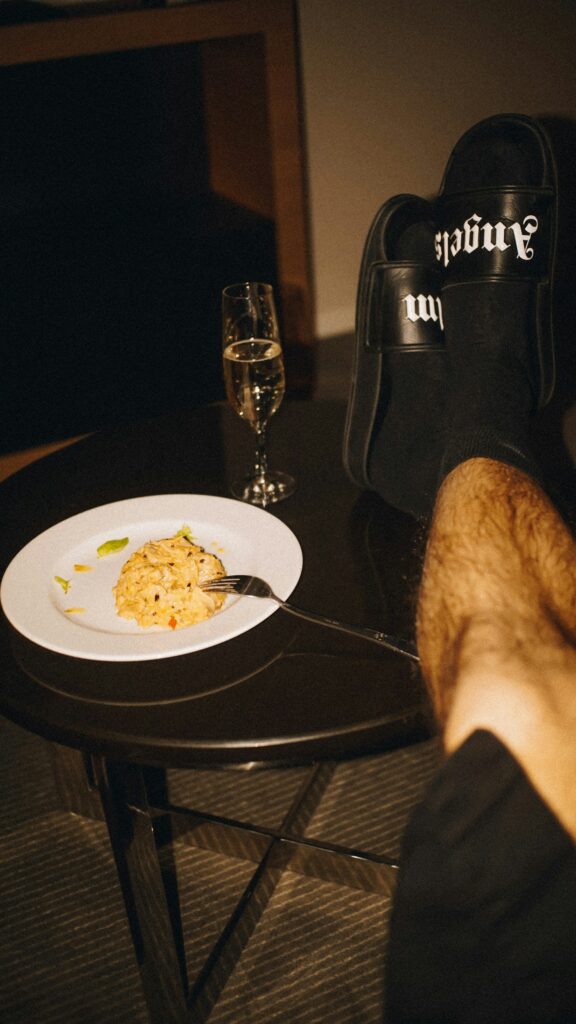
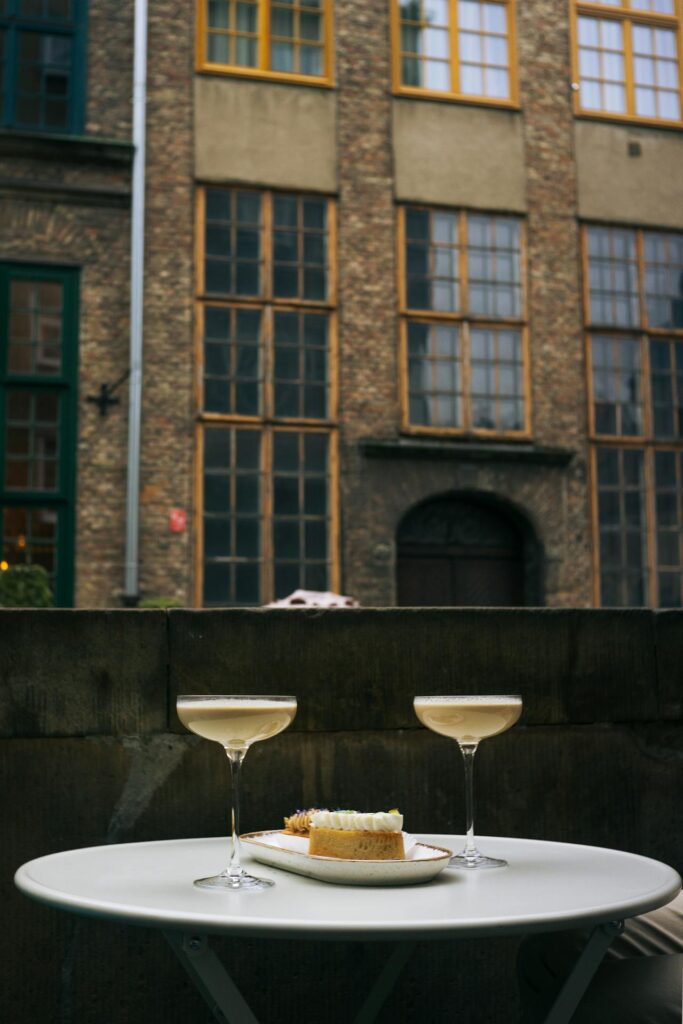
5. Older Vintage Champagne Is Always Better
While certain champagnes benefit from ageing, sure, many are crafted to be enjoyed young, when their fresh, vibrant characteristics shine brightest. Non-vintage champagnes typically reach their peak within 3-5 years of release. Don’t feel obliged to “save it for a special day” that may never arrive – sometimes the perfect moment is now.
The chemistry behind champagne ageing is fascinating and complex. Over time, the original fruit esters slowly transform through oxidation and reduction reactions, creating new compounds that impart those coveted tertiary aromas of toast, brioche, and nuts. However, this process also diminishes the vibrant primary fruit characteristics and effervescence that make youthful champagnes so appealing.
Several esteemed champagne houses craft their non-vintage offerings specifically for early consumption, ensuring optimal balance between freshness and complexity at release. The widespread belief that all wine improves with age has led many collectors to hold champagnes past their prime, only to discover that the lively wine they purchased has transformed into something completely different – not necessarily better, just different.
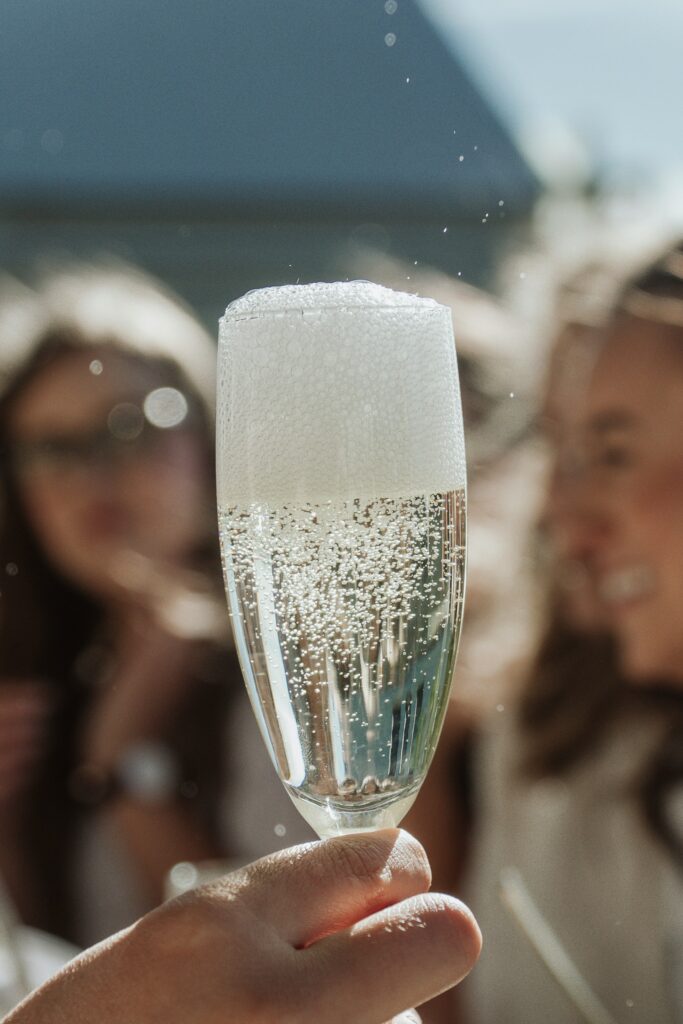
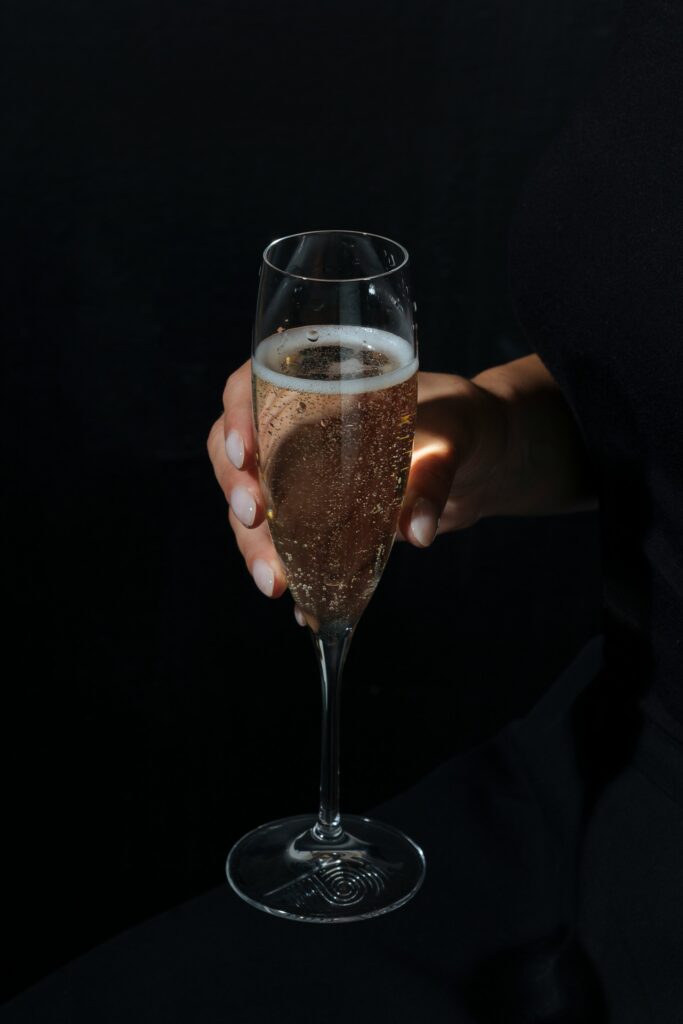
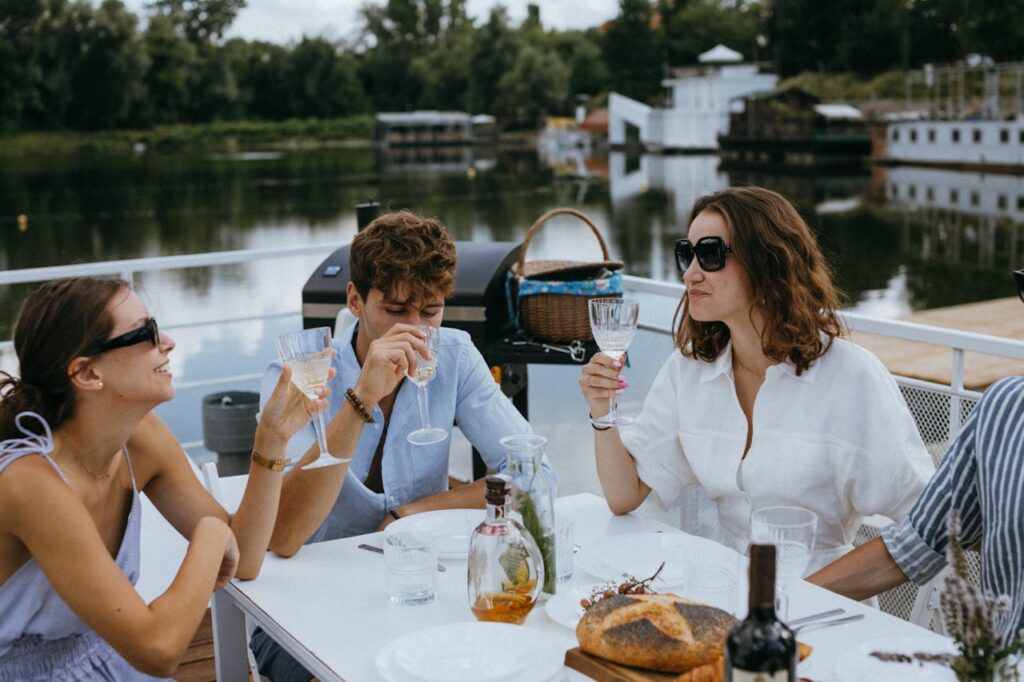
6. You Shouldn’t Add Anything To Champagne
Purists may shudder, but champagne cocktails have a storied history dating back to the 19th century. From the classic Champagne Cocktail (sugar cube, bitters, and brandy) to modern creations, thoughtfully constructed champagne-based drinks can be sublime. Even a simple splash of crème de cassis (creating a Kir Royale) can transform champagne into something new and delightful.
Mixology with champagne is actually an exercise in complementary chemistry. The sugar in traditional champagne cocktails doesn’t just add sweetness – it provides nucleation sites that ensure persistent effervescence throughout the drink. Meanwhile, aromatic bitters contribute complex phenolic compounds that can enhance and complement the wine’s existing flavour profile.
Even Winston Churchill, a devoted Pol Roger enthusiast, occasionally enjoyed modifications to his champagne. The Seelbach, Black Velvet, and French 75 stand as testament to champagne’s versatility as a cocktail component. Contemporary mixologists have taken this further, using champagne’s acidity and bubbles as a sophisticated lifting agent in drinks that would be cloying or flat without its transformative properties.
7. Good Champagne Must Be Expensive
While fine champagne commands premium prices for good reason, excellent sparkling wines exist at more accessible price points. Grower champagnes (made by the same estates that grow the grapes) often offer exceptional value, as do certain lesser-known houses producing remarkable quality without the marketing budgets of the major brands.
The economics behind champagne pricing reveals that production costs, while significant, often account for a smaller percentage of prestigious labels’ final prices than one might expect. Marketing expenditure, brand positioning, and the amortisation of centuries of investment in heritage and prestige contribute substantially to the cost of bottles from the most famous châteaux.
Meanwhile, grower-producers operate with different business models, focusing resources on viticulture and vinification rather than global brand-building. Their champagnes, while perhaps lacking the name recognition of grande marques, often deliver equivalent or superior quality at 30-50% lower prices. The relationship between price and quality in champagne follows a logarithmic rather than linear curve – meaningful quality improvements become exponentially more expensive beyond a certain price point, suggesting that the sweet spot for value may lie in the £35-60 range rather than the triple-digit territory.
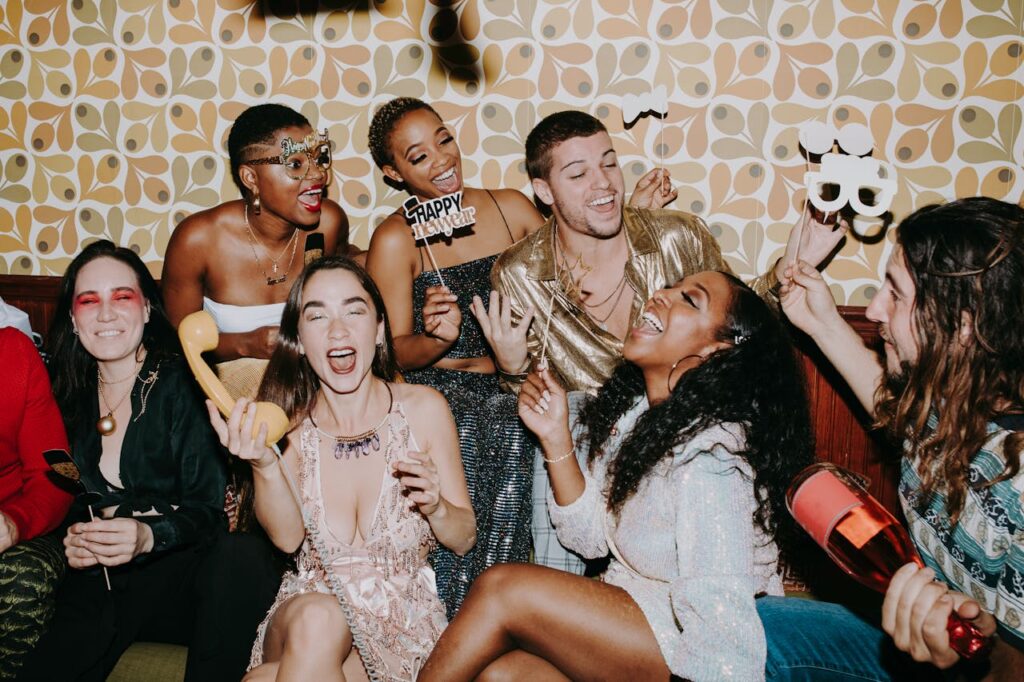
8. The Cork Should Pop Dramatically
The theatrical ‘pop’ may seem festive, but it’s actually a sign of poor technique. Sommeliers actually aim for a ‘sigh’ – a gentle release that preserves the bubbles and prevents potential injuries from flying corks. Twist the bottle (not the cork) slowly while maintaining gentle pressure, and you’ll preserve more bubbles while demonstrating proper champagne savoir-faire.
The physics behind the pop explains why this technique matters: a champagne bottle contains up to 6 atmospheres of pressure (comparable to the tyre pressure in a double-decker bus), and a carelessly handled cork can exit the bottle at speeds exceeding 50mph – easily enough to cause serious eye injury or property damage. Moreover, that dramatic sound represents the explosive escape of gas that should remain dissolved in your wine.
Professional sommeliers specifically train to minimise the sound when opening bottles. The technique involves controlling the gradual expansion of the gas by maintaining pressure on the cork throughout its extraction, allowing controlled decompression rather than explosive release. An additional benefit: studies show that a bottle opened gently retains significantly more dissolved carbon dioxide, resulting in finer, more persistent bubbles in the glass and a more luxurious drinking experience.
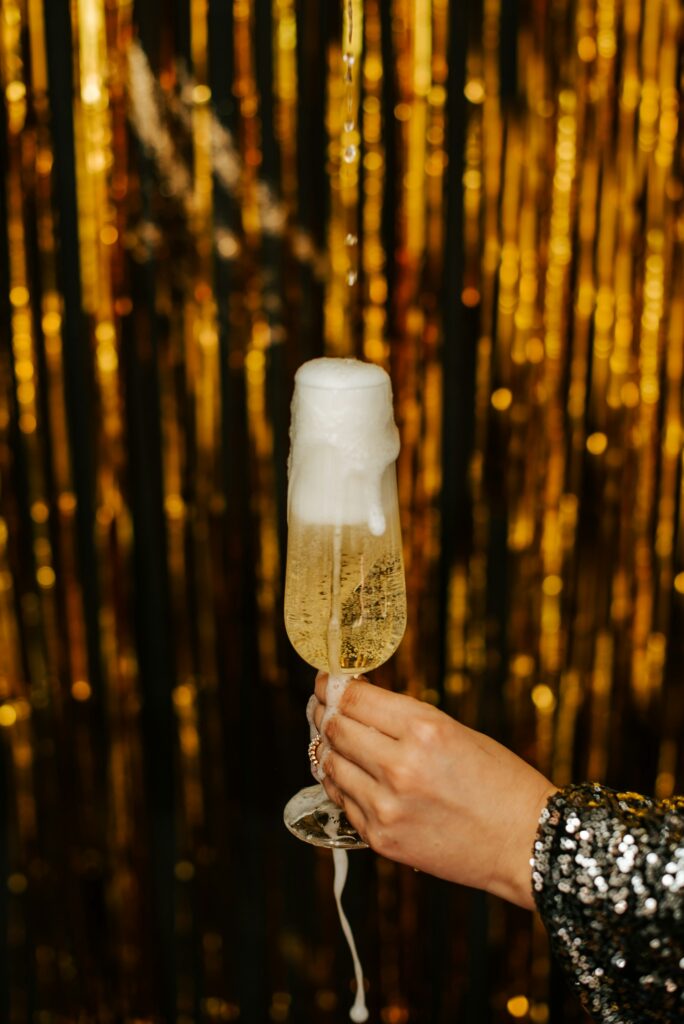
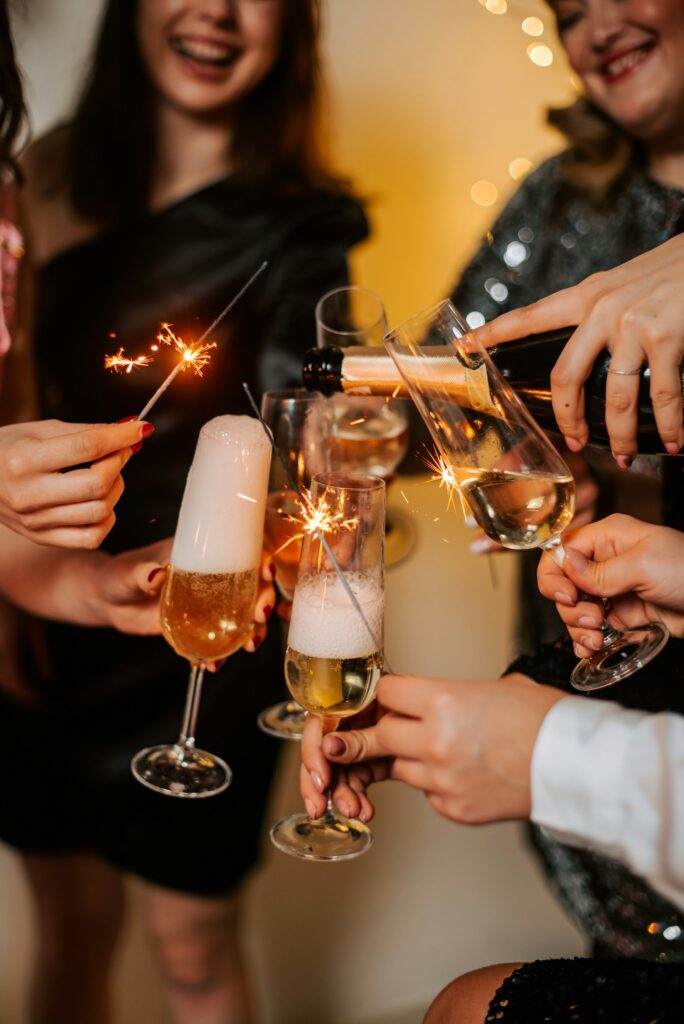
9. You Need Special Knowledge To Enjoy Champagne Properly
Perhaps the most important rule to break is the notion that enjoying champagne requires expertise. While understanding its production and heritage can certainly enhance appreciation, the most important aspect is personal enjoyment. Trust your own palate, experiment freely, and remember that champagne, for all its prestigious associations, is ultimately about pleasure.
The neuroscience of taste perception confirms this democratic approach. While experienced tasters may have developed a more elaborate vocabulary and reference points for describing champagne, the fundamental pleasure response is universal and deeply personal. Blind tasting studies consistently show that perceived enjoyment correlates poorly with price or prestige, with individual preferences often defying expert consensus.
This is why champagne houses offer such varied house styles – there is no objectively ‘best’ profile, only different expressions that resonate with different palates. The terroir-driven approach of recent decades has further expanded this diversity, with single-vineyard bottlings showcasing dramatically different expressions of champagne from sites sometimes separated by mere metres. The democratic truth is that champagne appreciation is an individual journey, and no expert can definitively tell you which champagne should bring you the most pleasure. The only expertise that truly matters is your growing familiarity with your own preferences.
By breaking free from these outdated conventions, we can develop a more personal, relaxed relationship with this remarkable wine – one that prioritises enjoyment over rigid adherence to tradition. After all, champagne’s enduring appeal lies not just in its illustrious history, but in its ability to bring delight in whatever context we choose to enjoy it.

